Immigration Justice and Reform
Racial Equity Buddies Book Club
A Few Interesting Facts About Ancient African Kingdoms
Join us Saturday morning, April 29 ( via Zoom) from 10:30 to noon (when we will discuss the book African People in World History, by John Henrik Clarke. To request the Zoom link you can email racialequitybuddies@fhcpresb.org, sign up on BREEZE or call the church office.
Are you aware of the numerous African kingdoms south of the Sahara? Africa and her people have been deliberately mischaracterized as having no culture, history, or civilization prior to the intervention of Europeans beginning in the 15th century. However, civilizations and kingdoms like Benin, Zimbabwe, Mali, and the Kongo will disabuse you of that notion and enlighten you about Africa’s glorious past.
Following are some images and a brief synopsis (with links to supporting articles) of a few of the African civilizations we will discuss on April 29. We hope you will join us.
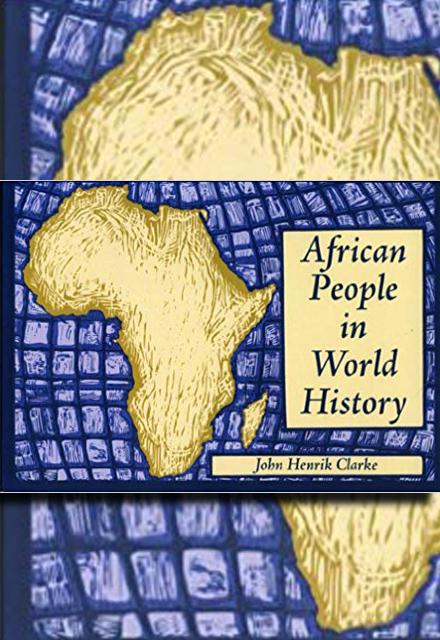
Benin 1200s-1800s
According to the 1974 edition of the Guinness Book of Records, the Walls of Benin were the “world’s largest earthworks carried out prior to the mechanical era.” Elsewhere, it is claimed that they were “four times longer than the Great Wall of China and consumed a hundred times more material than the Great Pyramid of Cheops.” Furthermore, it is asserted that the walls “extended for some 16,000 km [9,942 miles] in all, in a mosaic of more than 500 interconnected settlement boundaries,” and that it covered an area of 6,500 square kilometers (2,510 square miles). This grand project is thought to have been carried out completely by the Edo people, and it took an estimated total of 150 million hours to complete (Ancient Walls of Benin were four times longer than Walls of China. Destroyed by British in 1897 | The African History).
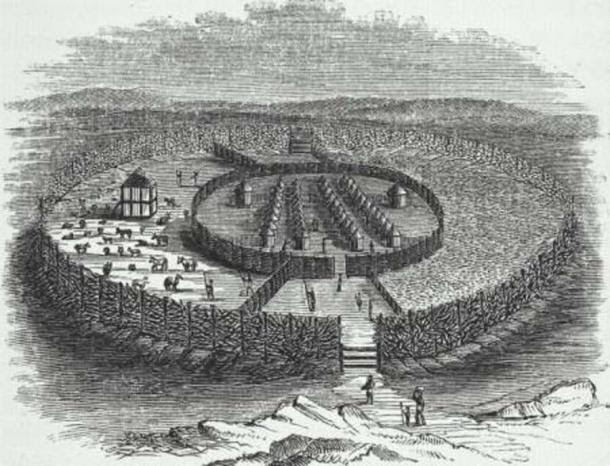
(Representational image, not the actual walls of Benin) Before the earthwork and stone walls of Benin, the ancient city was still walled off using wood and brush.)
The Kongo Kingdom, 1301-1665
This kingdom and civilization reveal the sophistication, political, military, technological, and economic advancement and structure of these African people. (The Kongo kingdom | Royal Museum for Central Africa – Tervuren – Belgium (africamuseum.be).

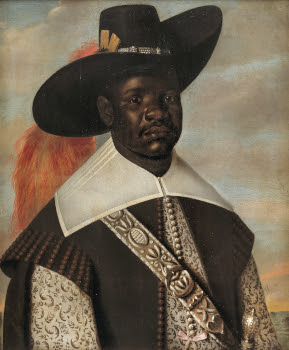
Dom Miguel de Castro was an ambassador of the Kongo kingdom in the Netherlands in the 1640’s.
Painting by Jasper Beckx (active ca. 1627-47). Oil on canvas, 75 x 62 cm. Statens Museum for Kunst, Copenhagen
Below marble portrait bust of Antonio Manuel, ambassador of the Kongo in Rome. Bust made by Francesco Capatore (1606-1630) and kept at the Battistero di Santa Maria Maggiore, Rome
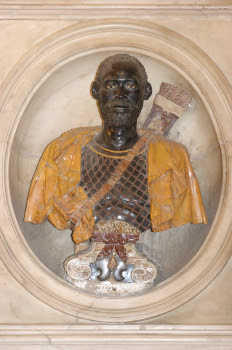
Kingdom of Zimbabwe, 1200-1450 AD
Kingdom of Zimbabwe (1220-1450 AD) – Think AfricaThis civilization was built on trade, mainly of ivory and gold, which fuelled the economy of the kingdom. They were also expert stonemasons, and examples of their centuries-old construction and stone artifacts are still standing tall to this date


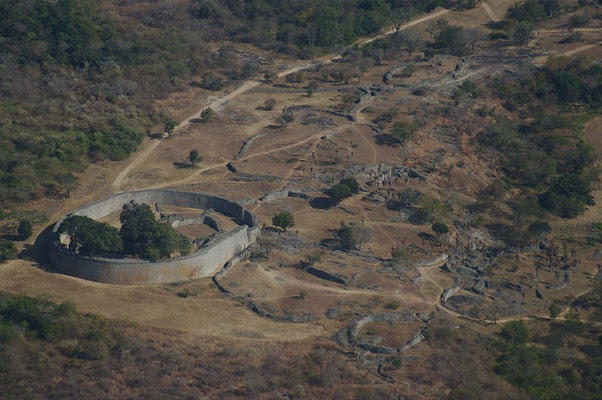
ABOVE: Aerial photograph from Wikimedia Commons of a portion of the ruins of the sprawling medieval city of Great Zimbabwe in southeastern Zimbabwe